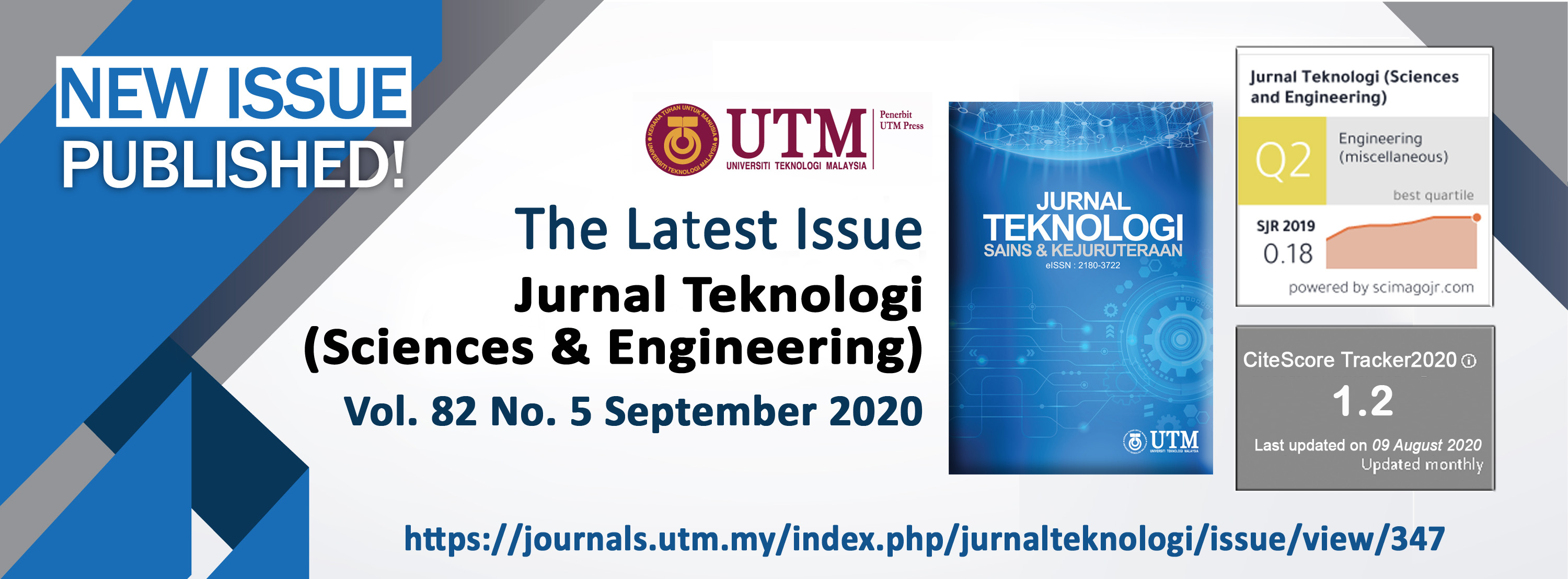PALEOENVIRONMENTAL AND MATURITY INDICATOR OF CEPU BLOCK OIL, WONOCOLO FORMATION, EAST JAVA-INDONESIA
DOI:
https://doi.org/10.11113/jurnalteknologi.v82.14428Abstract
Biomarkers identification of aromatic hydrocarbon fraction of Cepu oil samples was carried out to determine the ancient depositional environment, the source of origin and indicators of the maturity of the old well of the Cepu Block oil, Wonocolo Formation, East Java Indonesia. Biomarkers was identified through the Gas Chromatography-Mass Spectroscopy (GC-MS) method. The distribution of aromatic hydrocarbon biomarkers indicates the presence of naphthalene compounds and their derivatives, sesquiterpenoids, diterpenoids and heterocyclic aromatic groups. The presence of identified biomarkers indicates the source of the oil organic compound coming from higher plants Angiosperms. The presence of methyl phenanthrene and aromatic heterocyclic biomarkers such as dibenzothiophene and dibenzofuran , as well as fluorene shows that Cepu Block oil was deposited not only in the terrestrial environment, but also lacustrine and marin under oxidic precipitation conditions. The presence of methyl phenanthrene with MPI value of 0.86 and isocadalene abundance higher than cadalene indicates moderate to high maturity of the Cepu Block oil analyzed.
Â
Keywords: Cepu Block oil, aromatic hydrocarbon, biomarker, paleoenvironment, GC-MS analysis.
Downloads
Published
Issue
Section
License
Copyright of articles that appear in Jurnal Teknologi belongs exclusively to Penerbit Universiti Teknologi Malaysia (Penerbit UTM Press). This copyright covers the rights to reproduce the article, including reprints, electronic reproductions, or any other reproductions of similar nature.
















